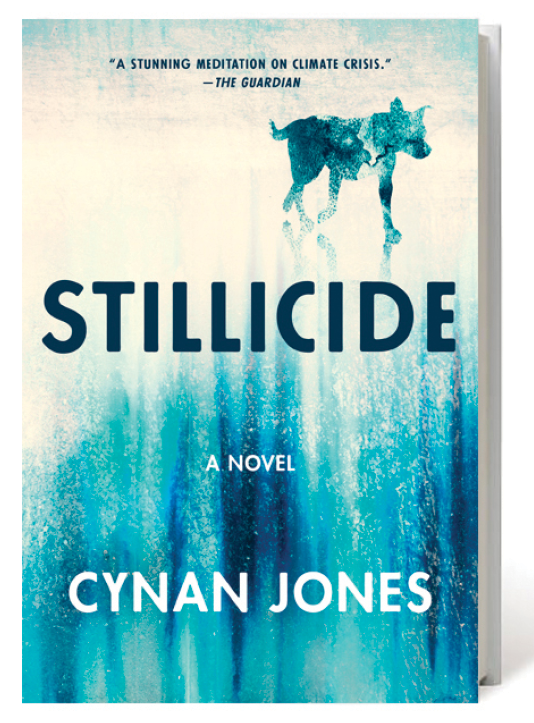Cynan Jones's Waterless World
In "Stillicide," sparse prose chronicles hope amid dystopia
 In Cynan Jones's novel Stillicide (Catapult, 2020), water is scarce and sea levels are rising. Amid the calamity, a nurse, an engineer, a former soldier, a corporate executive, and other characters go about their daily lives, each privately grappling with the fragility of human relationships.
In Cynan Jones's novel Stillicide (Catapult, 2020), water is scarce and sea levels are rising. Amid the calamity, a nurse, an engineer, a former soldier, a corporate executive, and other characters go about their daily lives, each privately grappling with the fragility of human relationships.
With prose so sparse it reads like poetry, Jones sketches a complex emotional landscape, but it's scattered with details that hint at physical deprivation: "alcowash" (no one showers), tooth lozenges (no one brushes their teeth), and shift rations (water is limited at work).
Originally composed for a radio series, Stillicide reads like a collection of short stories, with almost every chapter introducing a new character. It takes work to make sense of so many fresh starts, but the fragments gradually coalesce into a larger narrative. The real main characters aren't people but forces, natural and human-made—the 200-mile-an-hour train that carries 10 million gallons of water into the dry and dusty megacity; the massive chunks of melting glaciers towed from the north to satiate thirsty urban centers; the ice dock, under construction and displacing residents to bring in even bigger glaciers; and the corporate power that profits from these arrangements.
It's a grim but not wholly disheartening vision of the future. Nature is diminished but not defeated—it survives on rooftop gardens, around a mountain reservoir, and near an old, buried waterway.
The people soldier on too. "Dystopia is as ridiculous a concept as utopia," says the corporate executive. "Ultimately, we're animals. . . . And animals find ways."
This article appeared in the November/December 2020 edition with the headline "Waterless World."
 The Magazine of The Sierra Club
The Magazine of The Sierra Club






